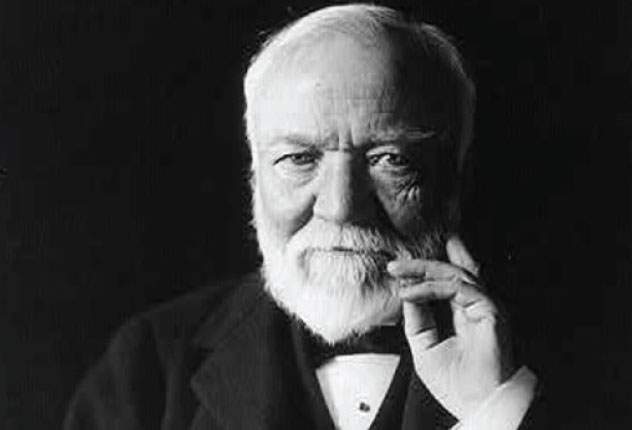Andrew Carnegie, a name synonymous with wealth, philanthropy, and industrialization, left an indelible mark on the landscape of 19th and early 20th century America. His life, career, family, age, and net worth are facets of a remarkable story that has inspired generations. Let’s delve into the extraordinary journey of this titan of industry and benevolence.
Early Life and Immigration
Born on November 25, 1835, in Dunfermline, Scotland, Andrew Carnegie’s life began in humble circumstances. At the tender age of 12, he and his family emigrated to the United States, settling in Pittsburgh, Pennsylvania, a city destined to play a crucial role in his storied career.
The Rise of a Steel Magnate
Carnegie’s career in the steel industry began modestly, working as a bobbin boy in a cotton factory. However, he displayed a keen entrepreneurial spirit and entered the steel industry, recognizing its potential for growth. Under his leadership, Carnegie Steel Corporation became an industrial powerhouse, revolutionizing steel production methods and contributing significantly to the nation’s infrastructure and economy.
Philosophy of Wealth
Carnegie’s life was not solely defined by his business acumen. He developed a unique philosophy known as the “Gospel of Wealth.” In this ideology, he argued that the wealthy had a moral duty to use their riches for the greater good. This philosophy would later inform his extraordinary philanthropic endeavors.
Unprecedented Philanthropy
In retirement, Andrew Carnegie dedicated himself to giving back to society in a big way. His generosity knew no bounds, and his net worth was channeled into numerous philanthropic causes. Some of his most notable contributions include:
- Libraries: Carnegie funded the construction of over 2,500 libraries worldwide, providing access to knowledge and education to countless individuals.
- Education: He donated substantial sums to establish Carnegie Mellon University in Pittsburgh and supported numerous other educational institutions.
- Peace Initiatives: Carnegie’s passion for peace led him to fund the Carnegie Endowment for International Peace, an organization committed to promoting global cooperation and preventing conflicts.
- Cultural Institutions: Carnegie’s philanthropy extended to cultural and artistic institutions, including the iconic Carnegie Hall in New York City.
Family and Legacy
Andrew Carnegie’s personal life was marked by his marriage to Louise Whitfield and the birth of their daughter, Margaret Carnegie Miller. His commitment to philanthropy and his belief in “giving while living” continue to impact society to this day. He passed away on August 11, 1919, leaving a legacy that transcends generations.
Age and Net Worth
At the time of his death, Andrew Carnegie was 83 years old. His net worth, estimated at the time to be around $350 million (equivalent to several billion dollars today), was largely dedicated to his philanthropic causes, ensuring that his wealth would benefit humanity for generations to come.
Andrew Carnegie’s life and career were defined by steel, philanthropy, and an unwavering commitment to improving the human condition. His legacy is one of inspiration, reminding us that wealth when used wisely, can be a force for positive change. Carnegie’s libraries, educational institutions, and peace initiatives continue to enrich society, leaving an enduring mark on the world. His life serves as a testament to the remarkable potential of vision, hard work, and the belief in the importance of sharing one’s success with others.












